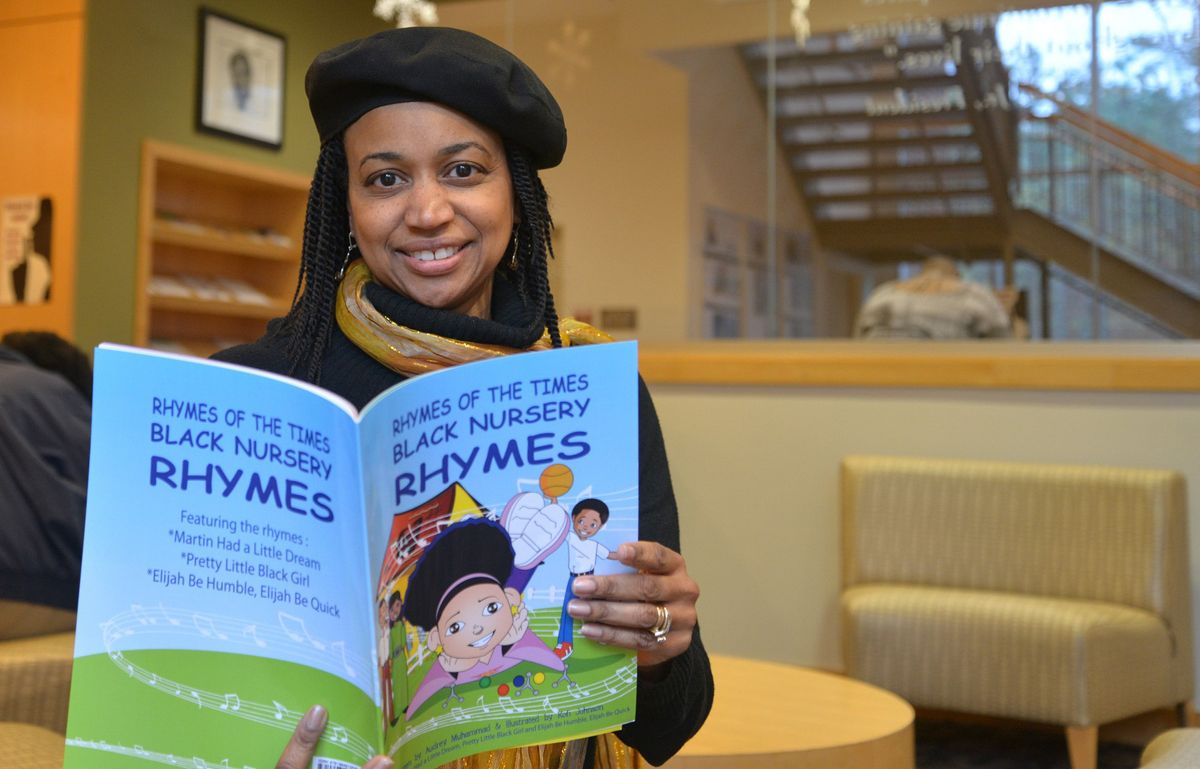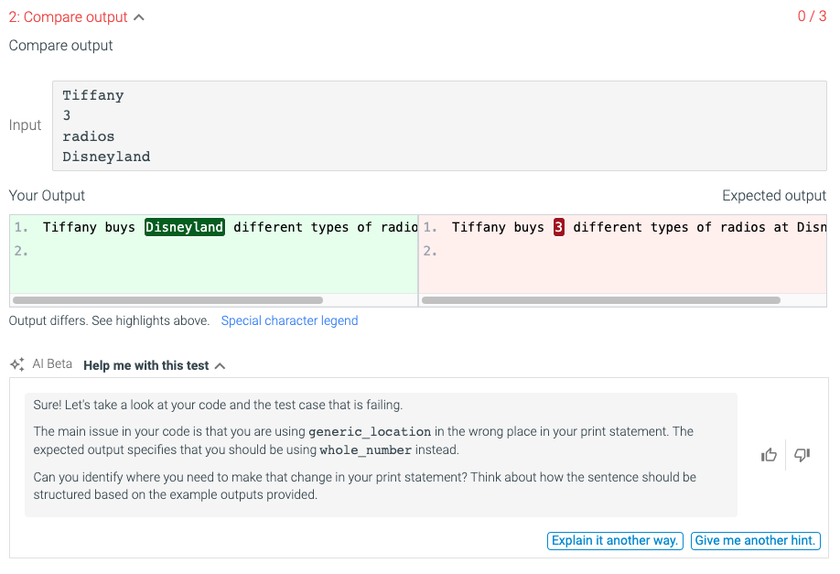5 Tips for Culturally Responsive Teaching
Educator Audrey Muhammad shares culturally responsive teaching strategies for educators in any subject

Culturally responsive teaching does not have to be difficult, says Audrey Muhammad.
The college success instructor at Durham Technical Community College in Durham, NC, has long used straightforward and easy-to-implement strategies in her classes to put culturally responsive teaching in action by honoring and celebrating the unique background of all her students. Now she has a new opportunity to share these strategies with other educators.
Muhammad was recently named the recipient of The National Alliance of Black School Educators (NABSE) $10,000 Scholarship Award. The inaugural Dr. Charles Mitchell, Jr. Leadership Scholarship is sponsored by Curriculum Associates, and will help Muhammad as she pursues her doctorate in educational leadership at Wilmington University.
She hopes her degree will help her and colleagues redesign education to include more culturally responsive teaching and project-based learning.
The author and former high school English teacher shares some quick tips for culturally responsive teaching.
Culturally Responsive Teaching Tip 1: Learn About Your Students
The first step toward effective culturally responsive teaching focuses on the basics. “Getting to know your students is a way to infuse some positive connections to their culture and to learning,” Muhammad says.
To accomplish this, Muhammad will often start with an ice-breaking exercise. “I say, ‘Okay, we're gonna get to learn about everyone in this classroom, but you don't have to say anything, and you don't have to write anything,’” she says. She then asks a series of questions such as: ‘Are you the oldest sibling in your family?’ ‘Do you speak a second language?’ etc. If the answer is yes, she asks students to stand; if the answer is no, they remain seated. The exercise helps her learn about each student and their background in a manner that is fast, fun, and engaging for students.
Tech & Learning Newsletter
Tools and ideas to transform education. Sign up below.
Culturally Responsive Teaching Tip 2: Help Students Get to Know Each Other
In addition to getting to know their students, culturally responsive teachers foster an environment in which their students get to know one another. This knowledge teaches respect, Muhammad says. “It also teaches understanding and compassion because a lot of times we fear what we don't know.”
The ice-breaking exercise described above is one way to get students talking about their backgrounds and aware of similarities with others they may not have realized. Another strategy Muhammad employs is partner interviews in which students pair off and interview one another about their respective backgrounds. As with the group ice-breaking exercise, this engages students while they get to learn about one another.
Culturally Responsive Teaching Tip 3: Honoring Different Strengths
In addition to learning about students and having them learn about one another, Muhammad says educators need to celebrate the unique strengths each one has. “Pull some positive things out that you find out about various cultures,” she says. For instance, Muhammad makes a point of telling students who speak a second language how special that is. “If you know how to speak more than one language, hold on to that because that is a skill,” she tells them. “I'm trying to now pay someone to teach me how to speak a second language.”
Culturally Responsive Teaching Tip 4: Teach Acceptance With Inclusive Materials
Growing up, Muhammad read popular Mother Goose nursery rhymes but realized the stories didn’t offer children practical lessons about the world and didn’t reflect Black experiences. So she wrote Rhymes of the Times: Black Nursery Rhymes, which features original educational nursery rhymes such as “Martin Had a Little Dream” and is now available to teachers who work with younger students.
While this book is aimed at young learners, inclusive learning materials that celebrate various cultures are something that help learners at every level, Muhammad says. “You'd be surprised at how little students may know about other cultures,” she says.
Culturally Responsive Teaching Tip 5: Use Project-Based Learning
Project-based learning is another passion of Muhammad’s and is a teaching approach that pairs naturally with culturally responsive teaching because it is focused on real-world applications.
One example of how Muhammad combines the two is an assignment in which she requires students to interview someone from their current profession or one they want to get into. To bring in culturally responsive teaching, she then asks students to try and find someone in that profession from their culture. “They always write how empowered they were and how they learn so much, and how it gave them the confidence to move forward,” she says. “Just gaining that insight and having that connection with someone who looks like you, it can be very empowering, especially when they give them an encouraging word.”
Erik Ofgang is a Tech & Learning contributor. A journalist, author and educator, his work has appeared in The New York Times, the Washington Post, the Smithsonian, The Atlantic, and Associated Press. He currently teaches at Western Connecticut State University’s MFA program. While a staff writer at Connecticut Magazine he won a Society of Professional Journalism Award for his education reporting. He is interested in how humans learn and how technology can make that more effective.












